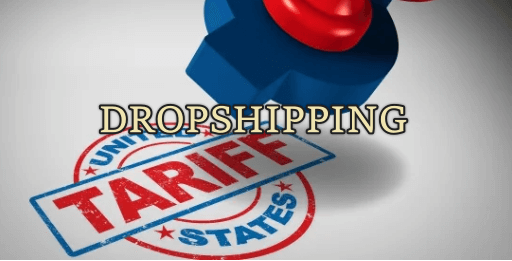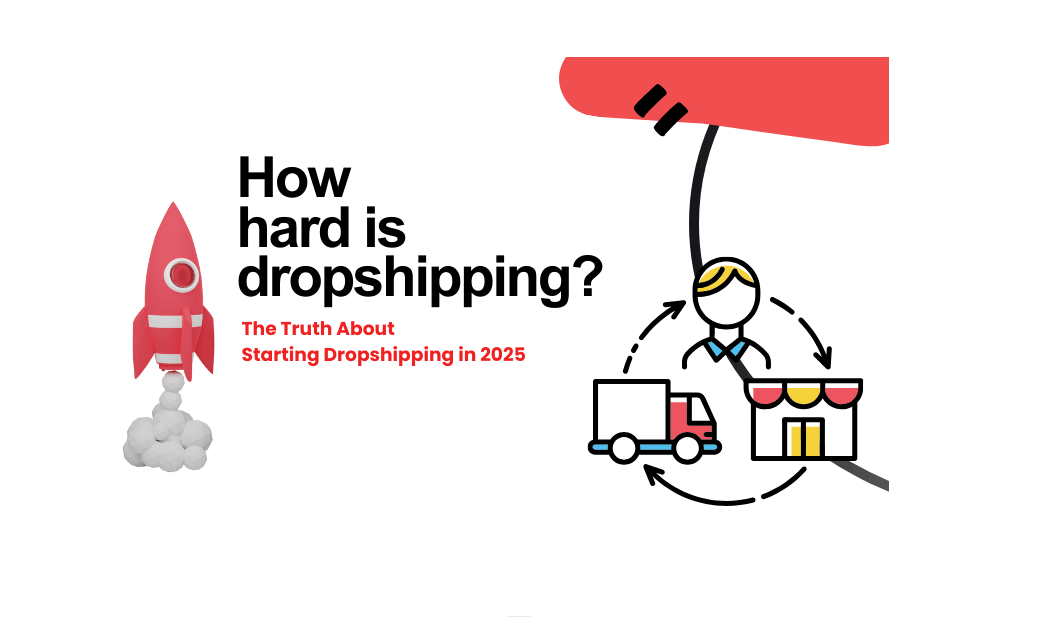One headache every e-commerce startup usually encounters is how to price their products or services.
The price you attach to your products or services goes way beyond numbers; it includes your cost price for buying or manufacturing the product, and, of course, the general market pricefor the product.
This aspect of marketing is very key and can be the defining line between success and failure.
Set your price too high and you’ll inevitably scare potential customers away.
Keep them too low and you’ll struggle to meet your revenue.
That said, what’s the solution to this dilemma?
How can you employ competitive pricing strategiesfor your business so that you get and keep more customers and still have a good revenue to run your business?
What are the pricing objectivesyou should have so that what is a tough nut to crack for other business owners becomes more or less a thing of the past for you?
Stick around to learn how to develop a pricing strategy for your product.
Thank me later!
Pricing Strategy-What to Consider
One pricing objective when trying to determine the best price for your product is to get a price that you have calculated well and which you have thoroughly considered as it relates to your financial and brand stability as well as your business identity.
The first step you need to take when determining your wholesale pricing strategyis to assess your business¡¯ goals and needs.
To do this, you need to undergo business-directed soul searching and define what you want your brand to stand out for in the economy and world and the positive contribution it’ll make.
That may imply
- Employing a business mindset that is focused on service and not profit
- Accepting a traditional strategy for retailing
- Consistent improvement in personal relationships with your customers in your offers.
As soon as you have done this, you also need to lay out your needs and goals and carry out detailed research about the market you’re entering.
Find out the top three to five competitors in the market, either by surveying local businesses or by doing an online study.
Once you’ve defined your goals and needs, do some research on the market you¡¯re entering, and know at least three to five main competitors in the industry by conducting online research or scouting out local businesses.
Remember that whatever competitive pricing strategyyou adopt, the activities of your direct competitors will still affect the success of your business and your prospective decisions.
Additionally, when you understand the strategies of your competitors, you can be able to clearly define how your business is different from theirs and the others in that market.
In a market where there are countless small businesses offering customers the same services and products as you, having an effective competitive pricing strategyis a priority.
To conclude your research, you need to converse with prospective customers to understand the value they place on your service, product, and brand.
That step is high yield, as you’ll have a good insight on how to fix a price for your product different from the market price.
Types of Pricing Strategy
There are several competitive pricing strategiesthat new businesses employ to determine product prices to attract good customers.
Some are more effective than others, depending on your market niche.
However, in this section, we’ll be focusing on seven common wholesale pricing strategiesyou can adopt for the best results.
1. Price Skimming
In price skimming, you charge very high prices for your products and services and lower the price subsequently as the service or product becomes less valuable or as more competitors enter that market.
This pricing strategy is common with technology products such as video game consoles, DVD players, smartphones, and so on.
This wholesale pricing strategyworks best for products that have life cycles of varying lengths and for businesses that are stepping into markets that are emerging.
This, in turn, gives you ample opportunity to capitalize on novelty and early adopters well before future competitors.
2. Premium Pricing
Premium pricing is also called luxury pricing or prestige pricing.
This type of pricing offers their products to high-income people.
You price your products highly, not based on the production cost or the actual value of the product, but the perceived value of the product.
You price your products so that prospective customers will have the image that the products are high-value, premium, or luxury.
This wholesale pricing strategyis a direct relationship between the awareness of your brand and the perceived level of your brand.
Most of the time, brands that use this pricing strategy are known for delivering status and value through their services and products, which is why their prices are way higher than those of their competitors.
This pricing strategy is seen mostly in the fashion and technology industries.
3. Market Penetration Pricing
In this wholesale pricing strategy, instead of setting your prices high and lowering them later, you begin at lower prices and raise the price when you have a steady customer base and you have taken over the market.
Before you employ this pricing strategy, you need to ensure that your brand can withstand losses at the initial stage while trying to get a strong footing in the competitive market.
Additionally, you should ensure your products are more valuable than those of your existing customers so that you can build a network of loyal customers.
As you may have noticed, this pricing strategy is the direct opposite of the price skimming strategy.
You have to draw the attention of your customers with not just the lower prices at first, but also with high-quality products.
Because of the tendency for losses, you cannot use this pricing strategy in the long term.
You should revert to a higher price as soon as you have a stable, proven customer base.
4. Economy Pricing
In economy pricing, you charge a low price on your products daily by reducing the cost of production and delivery.
This pricing strategy targets shoppers who want to save money on all purchases.
Costco, Walmart, and other big box stores utilize this competitive pricing strategy.
5.Bundle Pricing
In bundle pricing, you combine two or more complementary services or products and market them at one price.
You may decide to either market the bundled services or products only as a bundled part, or market both of them as components of bundles and individual products.
This pricing strategy helps to increase the value of your offerings to customers, especially those that want to pay extra cash upfront for several products.
Additionally, it also helps you hook your customers to more than one of your items.
This is a great way to add value through your offerings to customers who are willing to pay extra upfront for more than one product.
It can also help you get your customers hooked on more than one of your products faster.
Furthermore, bundle pricing helps you sell your inventory at a faster rate.
6. Value-Based Pricing
This wholesale pricing strategyis somewhat similar to luxury or premium pricing.
In value-based pricing, you set your price based on how much you believe the customer values your product.
Merchants that provide special products usually adopt this pricing strategy.
The ways you can assess your customers’ value for your products is to get their feedback and also the presence or absence of alternative product options besides yours.
This pricing strategy helps to increase the loyalty and sentiment of your customers towards your products and brand.
7. Dynamic Pricing
This wholesale pricing strategyis also called demand pricing, surge pricing, or time-based pricing.
This strategy lets the prices fluctuate based on the demands of customers and the market and, therefore, is a flexible and fair market pricing strategy.
Airlines, event venues, hotels, and utility companies all employ this strategy.
Uber also uses this pricing model, as the prices are usually affordable in normal conditions but increase tremendously during conditions like a rainstorm when demand increases.
Conclusion
Understandably, fixing prices for your products that are different from the market priceis a dicey one.
You need to establish a balance between profit margins and customer traffic.
With the various wholesale pricing strategies I’ve discussed above, I believe you can develop the best pricing strategy for your products.

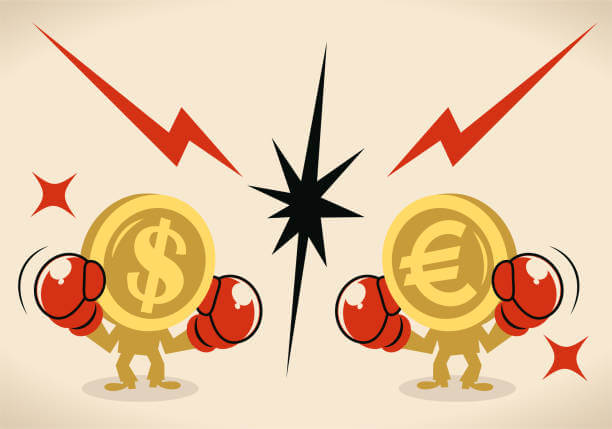


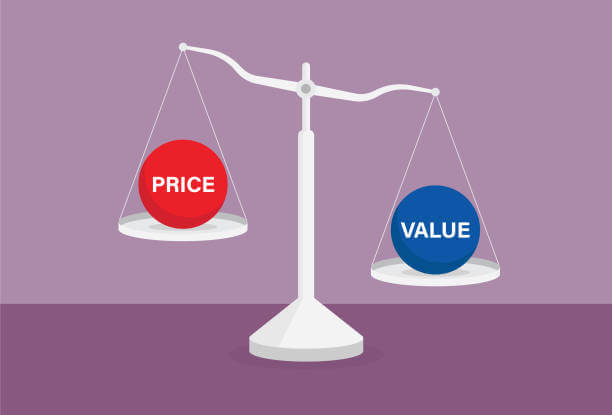
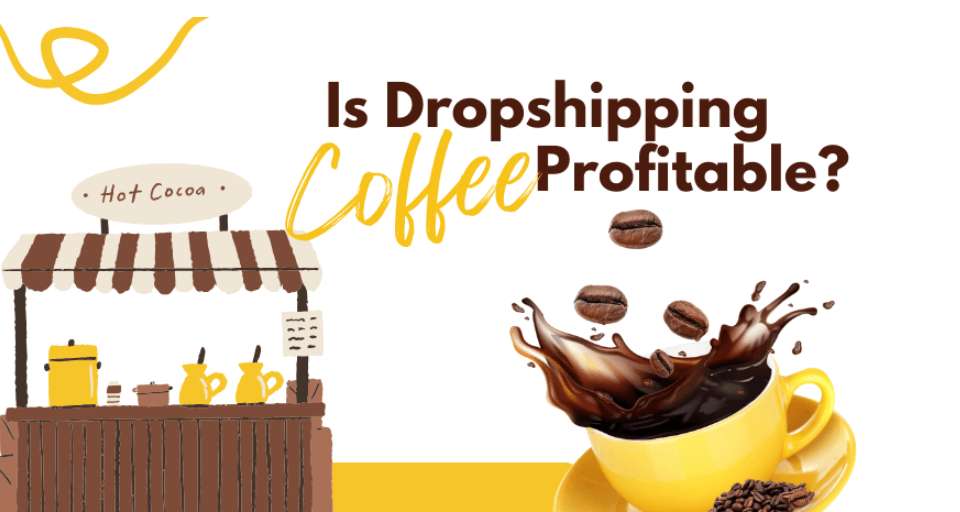
![Dropshipping General Store vs. Niche Store [2025 Data and Table]](https://www.dropshipman.com/wp-content/uploads/2025/03/general-vs-niche-store.png)
